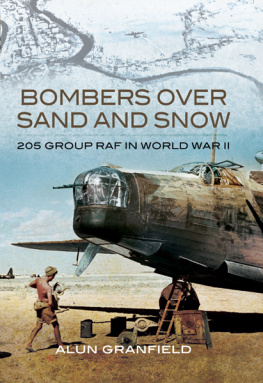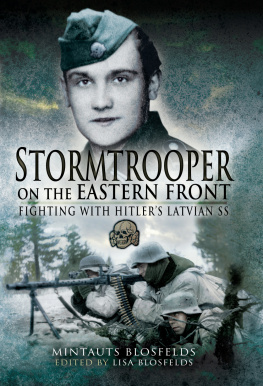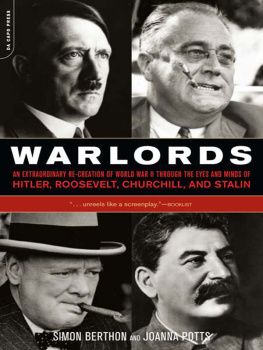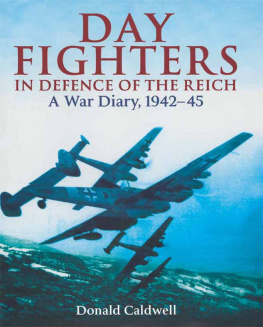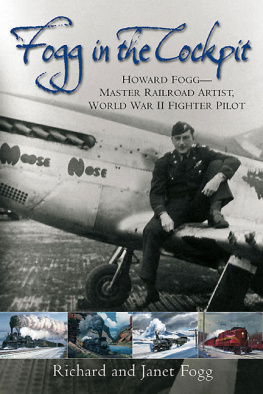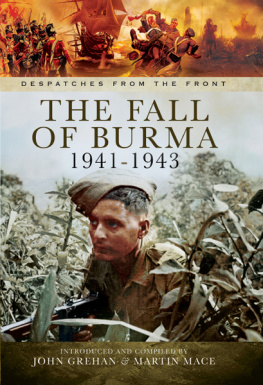
First published in Great Britain in 2011 by
Pen and Sword Aviation
An imprint of
Pen and Sword Books Ltd
47 Church Street
Barnsley
South Yorkshire
S70 2AS
Copyright Alun Granfield 2011
ISBN 978 1 84884 528 2
Print ISBN: 978-1-84884-528-2
ePub ISBN: 9781844687084
The right of Alun Granfield to be identified as the author of this work has
been asserted by him in accordance with the Copyright, Designs and
Patents Act 1988.
A CIP record for this book is available from the British Library
All rights reserved. No part of this book may be reproduced or
transmitted in any form or by any means, electronic or mechanical,
including photocopying, recording or by any information storage and
retrieval system, without permission from the Publisher in writing.
The views and opinions expressed in this book are those of the author and
contributors alone, and should not be taken to represent those of HMG,
MoD, the RAF or any government agency.
Printed and bound by CPI UK
Pen and Sword Books Ltd incorporates the imprints of Pen and Sword
Aviation, Pen and Sword Maritime, Pen and Sword Military, Wharncliffe
Local History, Pen and Sword Select, Pen and Sword Military Classics and
Leo Cooper.
For a complete list of Pen and Sword titles please contact
PEN AND SWORD BOOKS LIMITED
47 Church Street, Barnsley, South Yorkshire, S70 2AS, England
E-mail:
Website: www.pen-and-sword.co.uk
Acknowledgements
Winston Brent of Freeworld Publications for permission to quote from The Men Who Went to Warsaw by Lawrence Isemonger. Anette Fuhrmeister, Rights Manager of the The History Press for permission to quote from Beam Bombers by Michael Cumming. Christopher Tordoff of Crcy Publishers for permission to quote from Wellington Wings, an RAF Intelligence Officer in the Western Desert by F.R. Chappell. John Davies of Grub Street Publishers for permission to quote from Lie in the Dark and Listen by Ken Rees, and Malta: The Hurricane Years and Malta: The Spitfire Year by Christopher Shores, Brian Cull and Nicola Malizia. David Westwood of MLRS Books for permission to quote from the various Air Historical Branch narratives used in the book (printed under MoD licence by MLRS Books; Crown Copyright Reserved). Judy Noakes of the National Archives for help with the copyright issues and licensing of extracts and photographs from: RAF Middle East, the official story of air operations, Feb. 1942 Jan. 1943; History of the Second World War, The Mediterranean and Middle East, I.S.O. Playfair, C.J.C. Molony, F.C. Flynn; and Royal Air Force 19391945, Dennis Richards and Hilary St George Saunders. Tim Padfield of the National Archives for his advice on the use of quotations from Crown copyright operational record books. Simon Parry of Air Research Publications for permission to quote from Its Dicey Flying Wimpys Around Italian Skies by Maurice G. Lihou. Yvonne Oliver of the Imperial War Museum for her help and advice in obtaining the necessary licences for the use of their photographs. Peter Jackson and Barbara Walker for permission to use photographs from their collections. David Clarks family for allowing me access to his log book and photographs. Alun Jones for allowing me to use his material on his uncle Sergeant James Jones.
Special mention also needs to be made of David Gunby, author of Sweeping the Skies, a History of 40 Squadron Royal Flying Corps and Royal Air Force and Bomber Losses in the Middle East and Mediterranean (with Pelham Temple). David has not only given me permission to quote at length from his work, but has also read and commented on this book.
I have tried to contact everybody whose work has been quoted from in this book, but have not always received a reply to my enquiries. I thank them for their part in my research, and hope that I have done justice to their work.
Alun Granfield
Preface
Among the many justifications for writing military histories are that the story is little known or forgotten and/or that the author, through diligent and original research, has discovered some new and startling facts. It certainly can be argued that the story of the force of strategic night bombers operating in the Mediterranean and the Middle East has been somewhat eclipsed by that of Bomber Command in the UK. This is not surprising, as Bomber Command was always about ten times bigger than No. 205 Group, and played a much more significant and controversial role in the Second World War. However, the night bombers in the Mediterranean and the Middle East operated under much more difficult conditions on the ground, and played an important part in some of the crucial land battles in North Africa and Italy. Although aspects of their story have been told by others, it is believed that this book is the first comprehensive history of the Group. It certainly does not claim to reveal new and startling facts, but simply tells the story of No. 205 Group and its antecedents in the time between June 1940 and May 1945. It is, I hope, a story worth telling.
My interest in the Group came about almost by accident. About ten years ago I started to build a database of Bomber Command operations based on The Bomber Command War Diaries by Martin Middlebrook and Chris Everitt and the volumes of Bomber Command losses compiled by W.R. Chorley. This eventually led to many visits to the National Archives at Kew, and to the Operational Record Books of the groups and squadrons. Friends came to know of my interests, and one mentioned that a good friend of his had been an air gunner in Wellingtons in Bomber Command and would I like to see his log book. It eventually arrived, along with a combat report, a newspaper clipping, and a photograph of an aircrew standing in front of a Vickers Wellington bomber.
The log book had belonged to Flight Sergeant David Clark, and it turned out that he had flown, not with Bomber Command, but No. 150 Squadron of No. 205 Group in Italy. David was from Tiers Cross, near Haverfordwest in Pembrokeshire, South West Wales, and the newspaper clipping told of shaky dos flying over snow-covered mountains in Yugoslavia, not knowing whether the damaged and battered plane could maintain the height necessary to clear them. The combat report told of a fight with a Ju 88 during a raid on the port of Piombino in Northern Italy on the night of 10/11 April 1944. David fired at the enemy aircraft, and it was last seen with small bursts of fire coming from the cockpit and port engine.
I had already read Wellington Wings by F.R. Chappell, so knew something about No. 205 Group, and now my visits to Kew became focussed on the records of the Group and its antecedents. Another database began to grow, and an intention to turn it all into a book one day. Some time later another casual conversation led me to the nephew of someone who had served on Wellingtons in North Africa with No. 148 Squadron. Sergeant James Jones was the navigator in Wellington AD637, which had been shot down over Benghazi on 13/14 November 1942, and the crew are commemorated on the Alamein memorial. The nephew, Alun Jones, had carried out a huge amount of research into his uncles death, and gave me a massive file containing photographs, letters, and official documents.
This book, then, is dedicated to David Clark and James Jones, and to all the men who flew the bombers by night and day over North Africa and Italy during the Second World War. It is based mainly on the records kept at the National Archives, and a full list of those consulted is contained in the references. Good use was also made of the various official histories of the RAF and the USAAF in the Second World War, of the campaigns in the Mediterranean and the Middle East, and of the Air Historical Branch narratives of the Middle East Campaigns. There are also a few books written about aspects of the bomber operations by those who took part, and by those who have an interest in some of the squadrons belonging to the Group.
Next page
